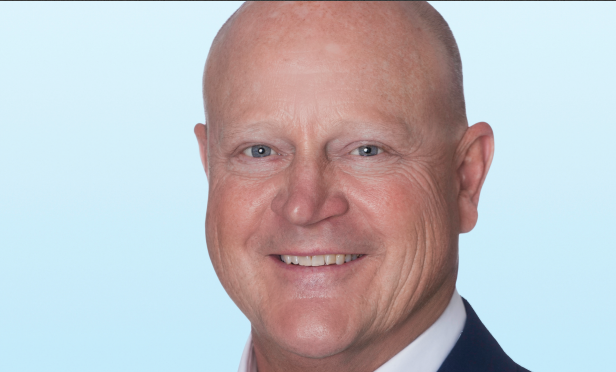 Andy LaDow Colliers International GlobeSt.com: What are the defining characteristics of today's office space? Andy LaDow: GlobeSt.com: If creative office is no longer the right term, what is? LaDow: GlobeSt.com: Why have these workspaces become so popular across industries? LaDow: GlobeSt.com: What is your long-term out look for this kind of human-focused office space? LaDow:
Andy LaDow Colliers International GlobeSt.com: What are the defining characteristics of today's office space? Andy LaDow: GlobeSt.com: If creative office is no longer the right term, what is? LaDow: GlobeSt.com: Why have these workspaces become so popular across industries? LaDow: GlobeSt.com: What is your long-term out look for this kind of human-focused office space? LaDow:© Touchpoint Markets, All Rights Reserved. Request academic re-use from www.copyright.com. All other uses, submit a request to [email protected]. For more inforrmation visit Asset & Logo Licensing.






